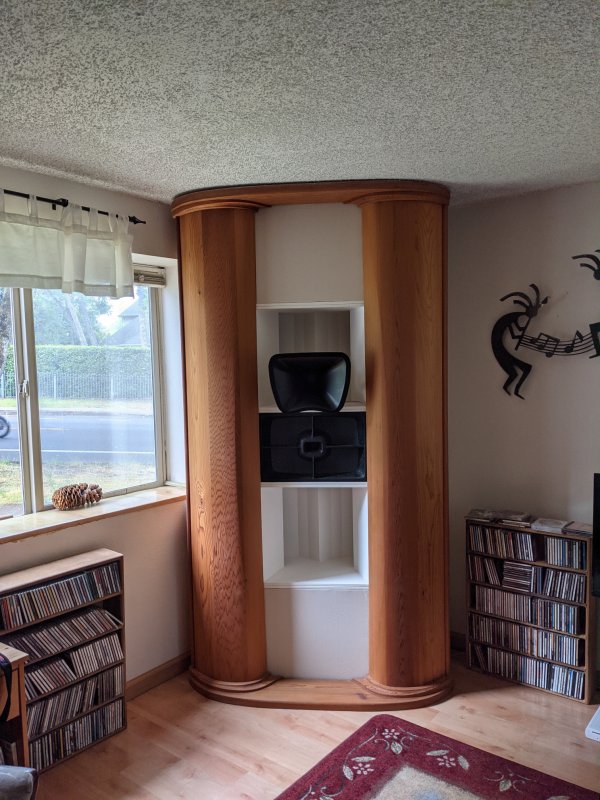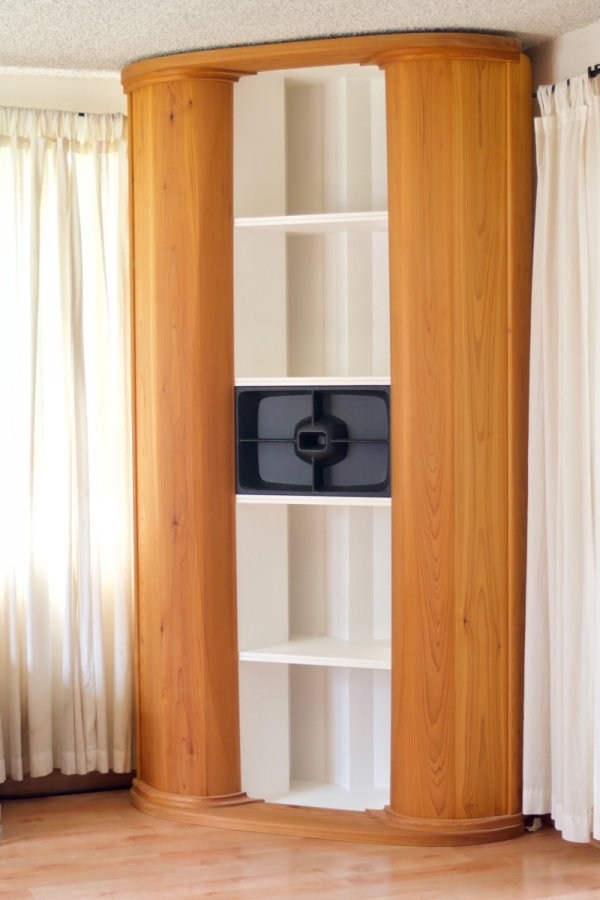Actually doesn't require much thought (or math). Asumming you trust your ears, all you have to do is try isolating components from floor borne vibrations and listen for the results.I've been thinking about the significance of floor vibrations too, especially after reading all the accolades for putting speakers on springs. It occurs to me that since E=M*V^2, the problem of the speaker cabinet being mechanically vibrated by the woofer is greatly negated if the cone velocity is reduced for any given output, such as by using multiple large woofers instead of a single smaller woofer that requires higher excursion. Of course it's possible that there are other vibrations happening, such as flexing of the speaker box.
Last edited:





